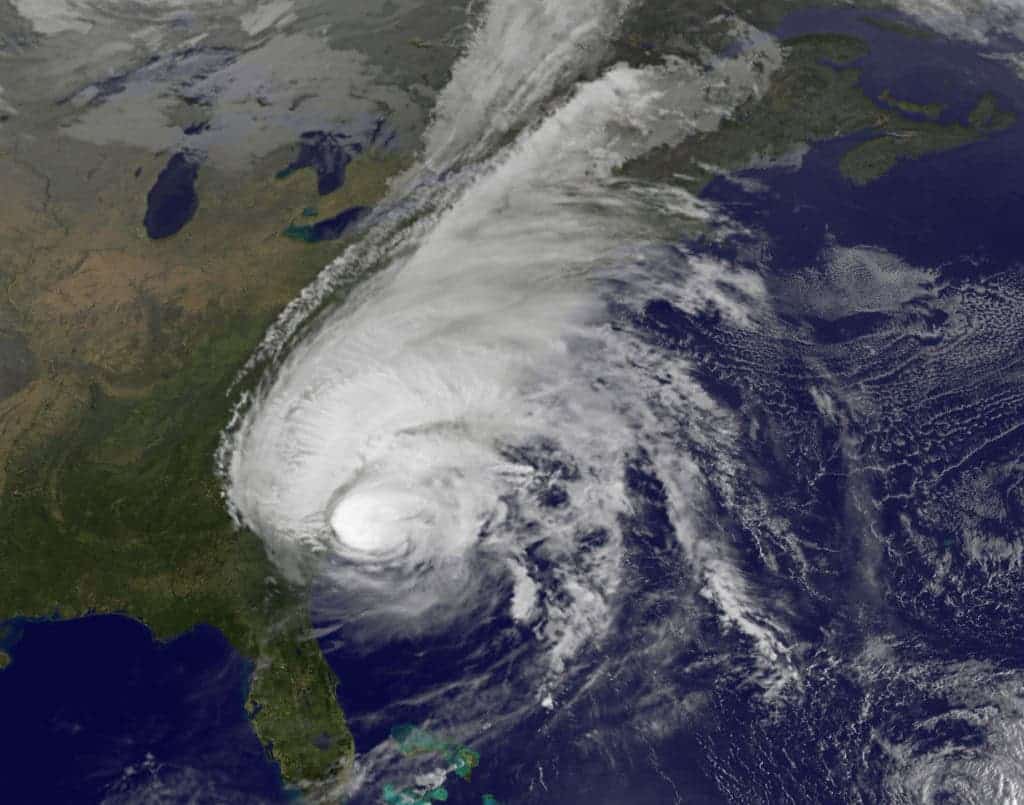One of the most visible consequences of the climate emergency is an increase in the intensity and frequency of extreme weather events. Hurricanes are a clear example: they strike harder and more often than they used to, according to a new study.

Researchers at the Niels Bohr Institute, University of Copenhagen showed that hurricanes have become more destructive since 1900, and the worst of them are more than three times as frequent now than 100 years ago.
The study, published in the journal PNAS, used a new method to calculate the destruction caused by hurricanes which compensate for the societal change in wealth. The method “unequivocally” shows hurricanes have become more frequent, the experts said.
In the past, researchers used to survey the cost of the damage caused by each hurricane. This led to linking the damages with population growth, expansion of wealth and growing infrastructure costs. But there was one element that was becoming more evident and wasn’t being highlighted: the climate variable.
Aslak Grinsted, Peter Ditlevsen, and Jens Hesselbjerg decided to focus on other areas than economic damage. They used insurance industry databases to look at the land destroyed by a group of 240 storms between 1900 and 2018, which made them realize the importance of the effect of the climate.
“The new method of looking at the frequencies is really robust,” said Aslak Grinsted, from the University of Copenhagen. “The increase in frequency is not only in my own dataset but is also present in other datasets, so it is extremely robust, and I think that will help it become more accepted.”
For example, they found that Hurricane Irma, which affected Florida in 2017, caused total destruction of 2.300 squared kilometers. They reached the figure by estimating the number of people living in the area affected by the hurricane, their wealth and the overall damage.
The researchers calculated similar figures for hurricanes across the last century and made comparisons in terms of damage over the decades. They discovered that the frequency of the most damaging hurricanes had increased 330% per century, a finding they argue to be linked to rising temperatures.
Climate change and extreme weather events
Human-induced climate change has triggered many changes in the Earth’s climate, with extreme weather events on top of the list such as heatwaves, droughts, hurricanes, and cyclones.
In the US, over the last 50 years, there have been increases in prolonged periods of excessively high temperatures, heavy downpours, and in some regions, severe floods and droughts.
And this is due to worsen. Research indicates that climate change will lead to a significant rise in the frequency and severity of extreme heat across the US in the coming decades, as the climate warms.
Ocean temperatures will also increase, and this will lead to an increase in the intensity of hurricanes. The warmer the temperature of the sea surface that a hurricane is moving over, the stronger the storm will become.


